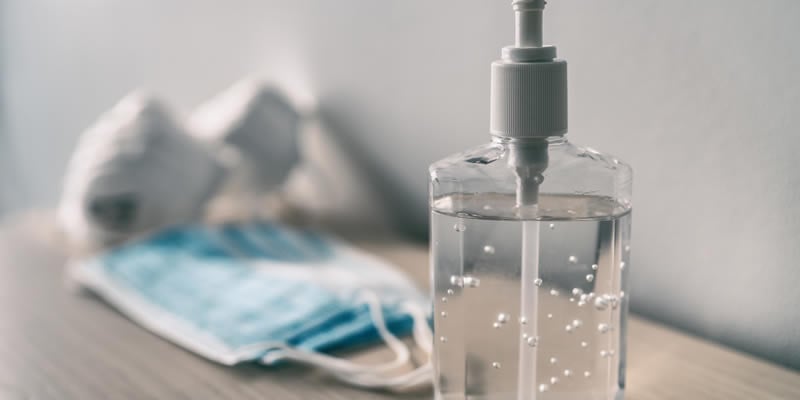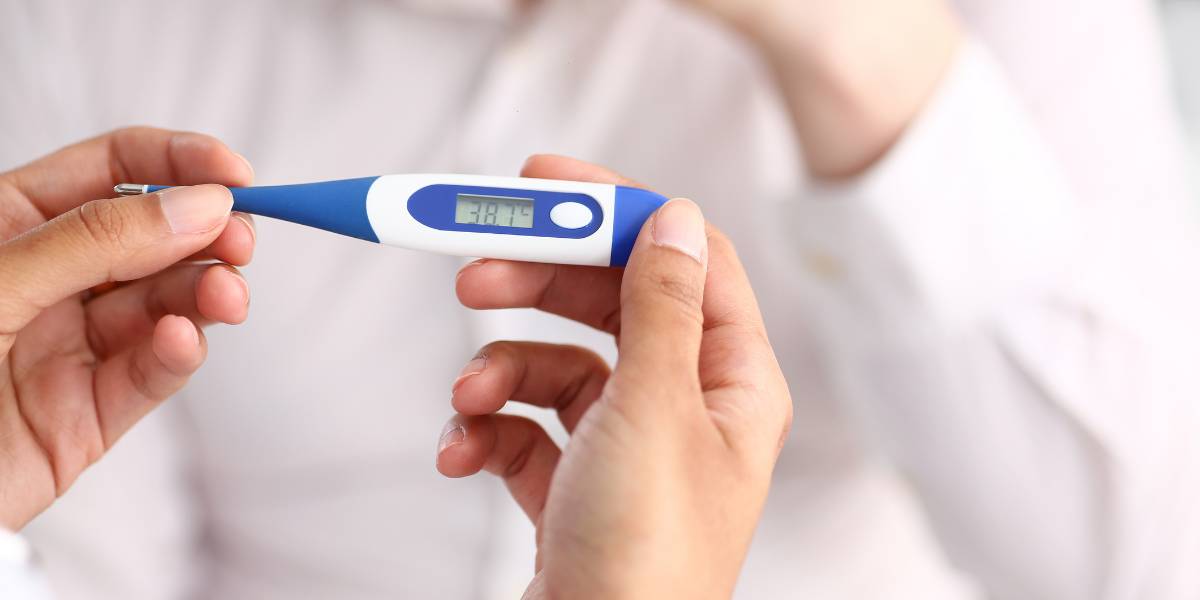Researchers have recently developed a healing gel for people with diabetes that treats diabetic wounds faster, stops them from returning and prevents amputations.
People with diabetes often develop chronic wounds that are slow healing due to having compromised healing capabilities. These wounds frequently result in painful infections and can require limb amputation.
According to researchers from the National University of Singapore (NUS), “chronic diabetic wounds are a significant global healthcare challenge”.
To address this, the researchers created a magnetic wound-healing gel which will accelerate healing in diabetic wounds, limit the likelihood of the wounds returning and decrease the number of limb amputations needed.
The treatment involves applying a bandage with the hydrogel in it. The innovative gel contains magnetic particles and skin cells to accelerating healing in diabetic wounds. A wireless external magnetic device is then used for approximately one to two hours and amplifies the results by activating the skin cells and quickens the healing process.
- Electricity can help wounds heal 3 times quicker
- Healing agent found in fetuses could be used to treat diabetic wounds
- Defining junk food for tax purposes could encourage healthy food innovation
“Conventional dressings do not play an active role in healing wounds,” said Assistant Professor Andy Tay, who leads the team of researchers from the NUS Institute for Health Innovation & Technology and the Department of Biomedical Engineering at NUS College of Design and Engineering.
He explained: “They merely prevent the wound from worsening and patients need to be scheduled for dressing change every two or three days. It is a huge cost to our healthcare system and an inconvenience to patients.”
Results from lad tests of the gel showed that, when coupled with magnetic stimulation, it healed diabetic wounds approximately 240 per cent faster by increasing the cells’ growth rate and more than doubles the amount of collagen produced, which is vital in the healing process.
These results suggest that the gel and technology used by the researchers could be applied to healing other complex wounds, such as burns.
Professor Tay added: “Our technology addresses multiple critical factors associated with diabetic wounds, simultaneously managing elevated glucose levels in the wound area, activating dormant skin cells near the wound, restoring damaged blood vessels, and repairing the disrupted vascular network within the wound.”
Over half a billion people across the world are currently living with diabetes, and this number continues to increase. Therefore, chronic diabetic wounds are becoming a “global healthcare challenge”.
Treatments of these wounds are often not up to par and unfortunately result in wounds reoccurring, health issues and limb amputation.
Daily activity causes skin cells to undergo mechanical forces, however, it is recommended that people with diabetic wounds limit rigorous activity as it could kill the cells which are vital for healing.
Professor Tay said: “What our team has achieved is to identify a sweet spot by applying gentle mechanical stimulation. The result is that the remaining skin cells get to ‘work-out’ to heal wounds, but not to the extent that it kills them.
“The approach we are taking not only accelerates wound healing but also promotes overall wound health and reduces the chances of recurrence.”
Results from the project suggest that the gel could be used to improve healing treatments and techniques for other complex wound types.
- Long colds: colds can leave long-lasting health issues
- Running as effective as antidepressants for boosting mental health
- Snacks: unhealthy foods increase cardiovascular disease and stroke risk
Co-first author of the research paper Dr Shou Yufeng, a Research Fellow from the Department of Biomedical Engineering at NUS College of Design and Engineering, said: “The magneto-responsive hydrogel, combined with wireless magneto-induced dynamic mechanical stimulation, addresses fundamental challenges in wound healing, such as creating a conducive microenvironment and promoting tissue regeneration.
“These principles and our technology’s adaptability, as well as its general ease of use for patients, means that it can be applied to improve wound healing in various situations beyond diabetes, including burns and chronic non-diabetic ulcers.”
The team of researchers are furthering their research to finetune the effectiveness of the magnetic wound-healing gel and are testing the gel’s effectiveness on the tissue of people with diabetes.
“This is major step forward in active wound care,” explained Professor Tay. “Our goal is to provide an effective and convenient wound-healing solution that improves outcomes for millions around the world.”
Assistant Professor Francis Wong Keng Lin, a Consultant at the Department of Orthopaedic Surgery at Sengkang General Hospital, added: “Wound healing, especially in the field of diabetic foot ulcers, has always been a challenging arena. Diabetic foot patients do not heal as well as normal patients and their healing journey is often prolonged.”
Professor Wong was not involved in the study but commented: “Advancements in wound healing technologies will reduce the duration of the patient journey and would allow them to return to their lives as quickly as possible, hence improving productivity and quality of life.”
The study was published in the journal Advanced Materials.





